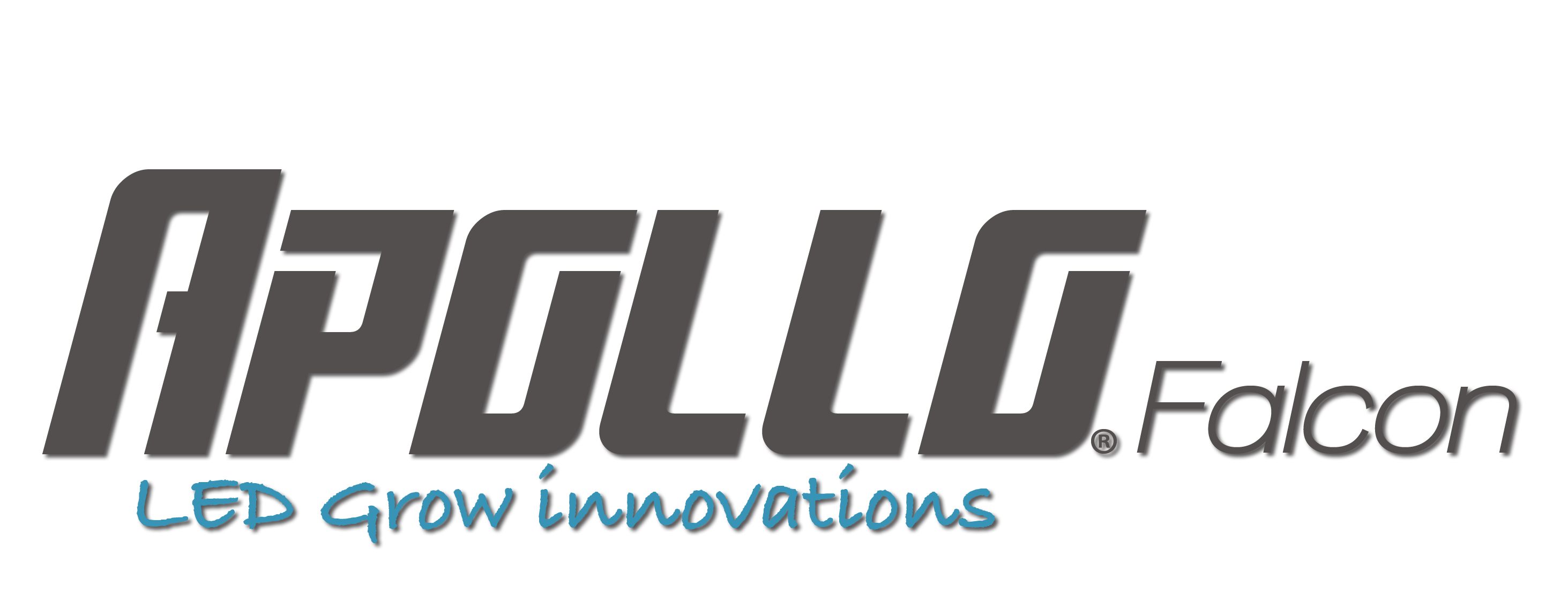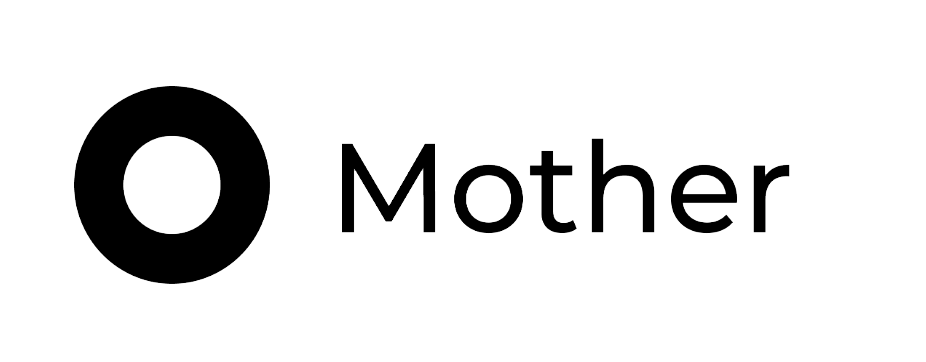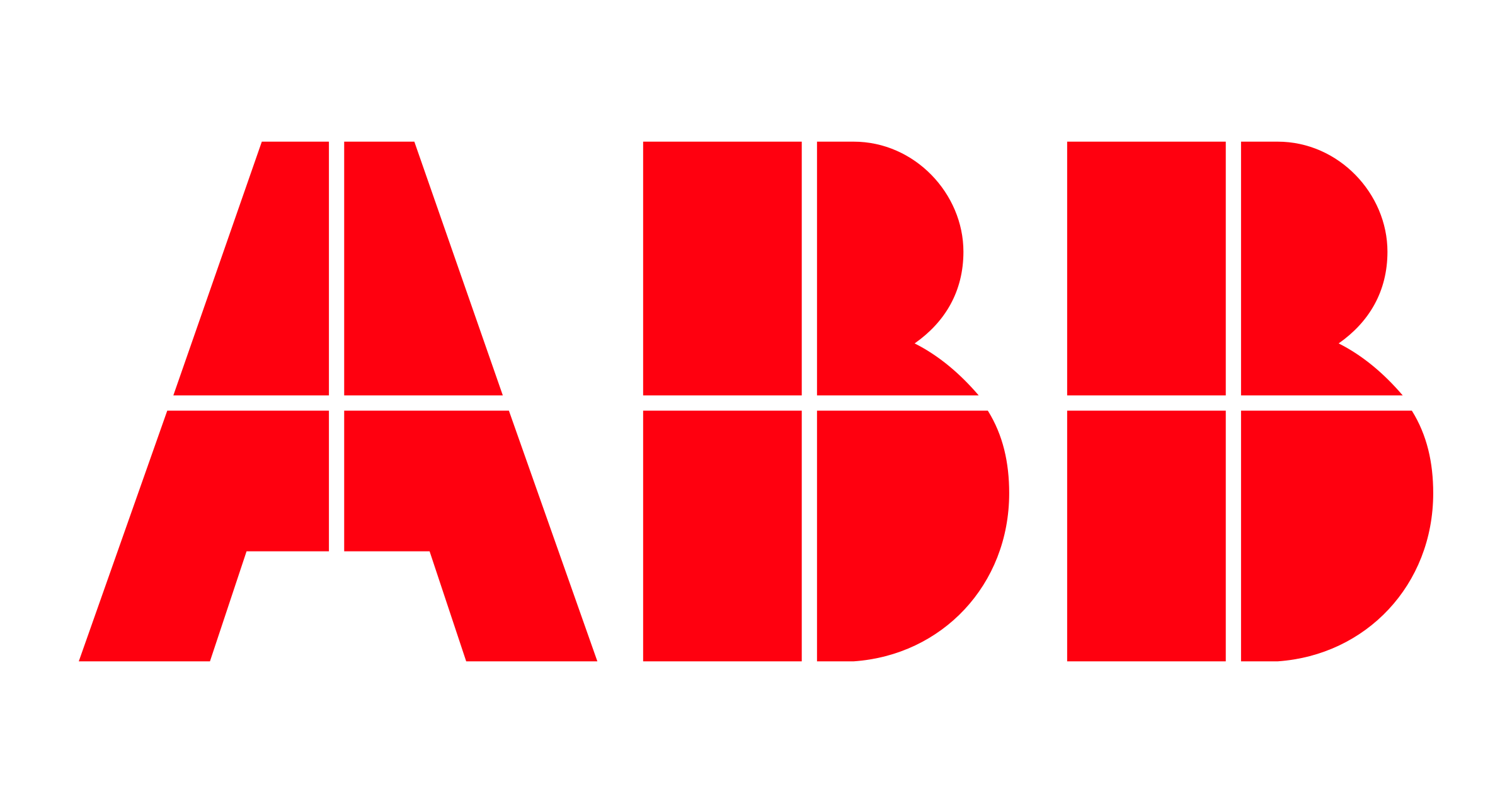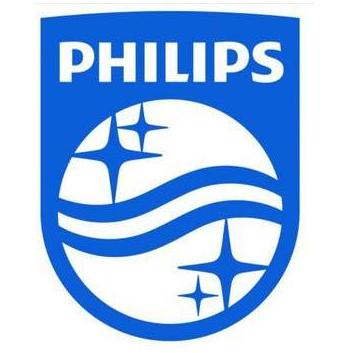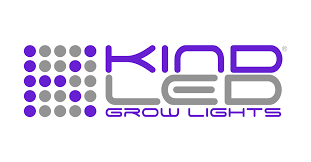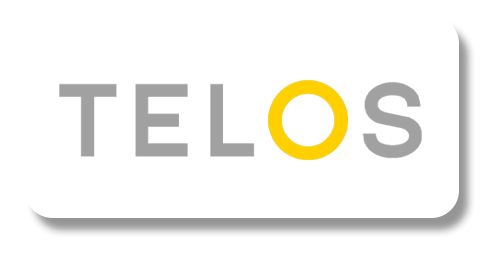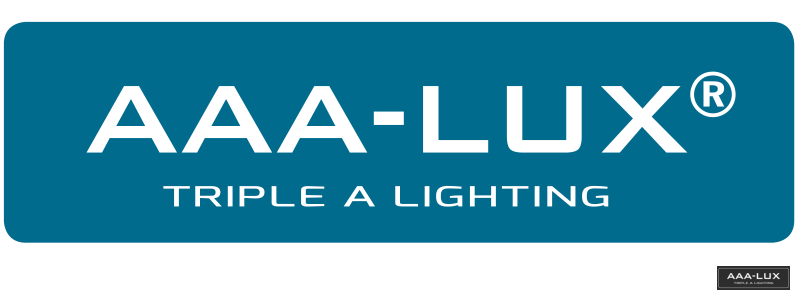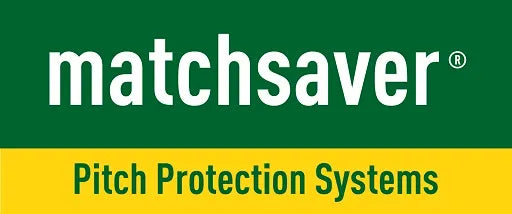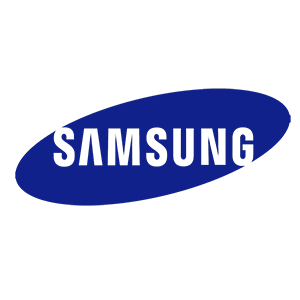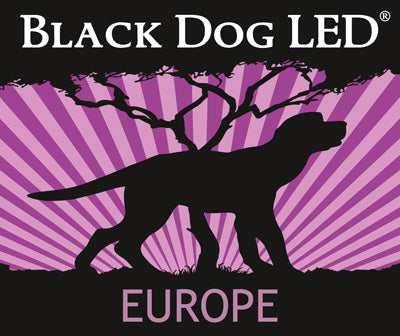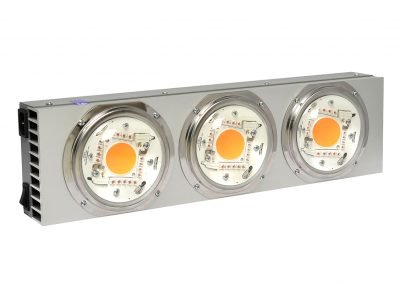
Spectrum of Spectrolight Featured
Spectrum of Spectrolight Featured
The LED grow lights from Spectrolight Have one of the most progressive designs when it comes to the spectrum and price quality ratio. In this article we will try to indicate the advantages and disadvantages of different spectra on the basis of examples and grow lights from Osram and Philips.
This is the most ideal and at the same time the most universal spectrum for grow lights.
If we look at the above spectrum, we can divide it into 3 different groups/tires:
-
340 - 470 Nm - Blue This is the area where the light absorption of the leaf green pellets for the blue light (chlorophyll B) and beta-carotene take place. This promotes the vegetative phase of the plant and it improves the color of the plant. It also promotes the production of terpenes. (type of vegetable oil)
-
500-600NM - Green This band has a positive effect on the metabolism of the plant. To a certain extent it improves the efficiency of the other tires. As a result of the studies on the role of "green light", we know that the green light is completely absorbed by the plant. Especially in the lower part of the leaves.
- 640-680NM - Red In the meantime, it has been proven that 660NM is the most important and most active part of the spectrum when it comes to the flowering and growth of flowers and fruits.
But what are the most optimal relationships for the flowering phase of your plant?
- 430-470NM-10-15%
- 500-600NM-20-25%
- 640-680NM-60-70%
The spectrum of a sodium growing lamp

If we compare this spectrum with the most ideal spectrum, this spectrum could not have high efficiency for photosynthesis. Since 45% of the spectrum is in the 500-600Nm area and the rest is mainly in the area 600-700NM. This does not match the most optimal ratio. Nothing is less true Because various studies have shown that a very wide spectrum with many different tires (such as those of a sodium lamp) have a very positive effect on the processes associated with photosynthesis.
We can create the following spectrum based on the information above

The ratio of this spectrum is as follows:
- 430-480NM - 11%
- 500-550NM - 8%
- 550-600NM - 15%
- 600-700NM - 61%
- 700-750NM - 4%
The technology
In the model of Spectrolight 2 LED variants are used namely:
-
LEDs based on a blue diode, Perfect for the area 430-600NM. The effectiveness of this diode is not high beyond 600nm due to a higher work voltage of ~ 3V compared to the red diode with a work voltage of ~ 2 volts. The efficiency of this diode is 2.3 - 2.6 μmol/j.
- LEDs based on a red diode, Perfect as an addition to the spectrum that is obtained by the blue diode and for the 620-680nm area. Due to the work voltage of ~ 2V, this diode contributes considerably to the efficiency of the lamp. The efficiency of this diode is 3.2 - 3.7 μmol/j.
What makes Spectrolight special compared to other brands?
If we look at luminaires with only red and blue monochrome LEDs (LEDs with a single wavelength) the spectrum looks about it like this:

This spectrum is mainly used in "old -fashioned" LED grow lights with only red and blue LEDs. Because there is a complete lack of 500-550NM light and the way in which the light is produced, the light is not recommended. It is even harmful to the human eye.
Luminaires with only red and blue are brushed (in professional horticulture) because they have an efficiency of 2.65 μmol/j.
Through research from the inhort Skierniewice Institute, the efficiency is up to 20% lower when The sun, in the winter, shines little. (In a growing bag scenario) This is because the 500-600Nm area or green light is not taken into account in these lamps. This also automatically applies to the inner growers where the sun never shines.
The Spectrum of Spectrolight
The LED grow lights of Spectrolight Combine the technologies of red and blue diodes in the form of COB (chip on board) LED system. The COBs are based on the most efficient blue crystals produced by Sannan. These have an effectiveness of 2.95 μMol/J. Thanks to super -thin phosphorus technology, this COB ultimately has an efficiency of 2.70 μMol/J with a consumption of 250 watts.

By using blue diodes (crystals) in the COB, the spectrum is perfect for lighting for plants. The distribution of the COB spectrum is almost perfect and the possibilities of the blue diode are optimally used. This is supported by 660nm red diodes.
The red diode used is a 660NM 4Watt diode based on the double technology of Osram Oslon®. The Red Diode perfectly complements the COB spectrum in the area from 620nm to 680nm and has an efficiency of 3.41μMol/J with 700mA.
Below the result of COB technology together with the red diode

Curious about the Spestrolight range?
The LED department store is an official reseller of the Spectrolight LED grow lights and this gives you a whopping 5 year warranty on your lamp. look at it Complete range here.
- If you choose a selection, the page will be completely renewed.
!

